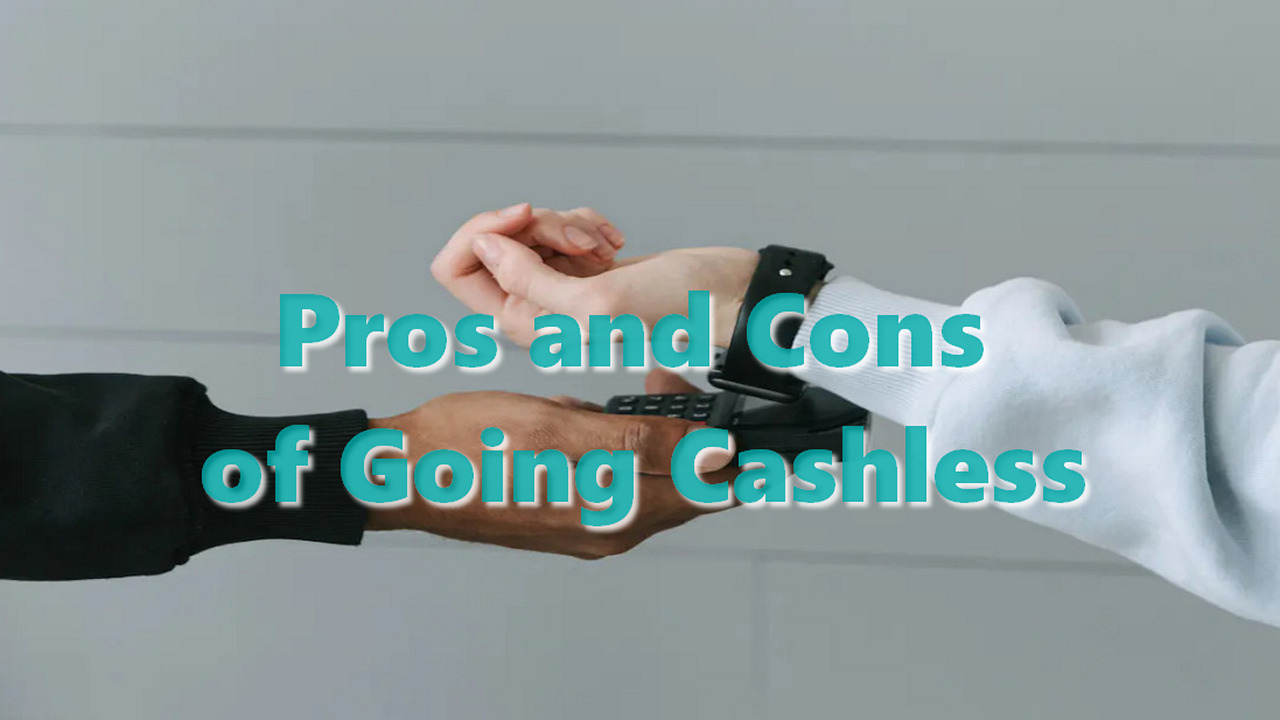In recent years, the rise of digital payment methods and the increasing availability of electronic transactions have sparked a global movement toward a cashless society. The idea of eliminating physical currency and relying solely on electronic payments has its advantages and disadvantages. This article explores the pros and cons of going cashless, exempting you from worrying, “Does Starbucks Take Apple Pay?”
Pros
Convenience

One of the primary benefits of going cashless is the convenience it offers. With electronic payment options such as credit cards, mobile wallets, and online banking, transactions can be completed swiftly and effortlessly. People can make payments anytime, anywhere, without the need to carry cash or wait for change. This convenience simplifies daily transactions and enhances overall efficiency.
Improved Security

Cashless transactions offer improved security compared to handling physical currency. Carrying cash increases the risk of theft and loss. However, with digital payments, individuals can easily track their transactions, and in case of any discrepancy or fraudulent activity, they can quickly report and resolve the issue with the help of their financial institution. Additionally, electronic transactions leave a digital trail, aiding in the detection and prevention of illegal activities.
Financial Tracking
![]()
Going cashless allows for better financial tracking and budgeting. Electronic payments generate detailed records of each transaction, providing individuals with a comprehensive overview of their spending habits. By analyzing these records, people can identify areas where they may be overspending and make informed decisions to manage their finances more effectively.
Reduced Costs
For businesses, going cashless can lead to reduced costs. Dealing with physical cash involves expenses like cash handling, transportation, and security measures. By transitioning to digital payments, businesses can streamline their operations and allocate resources more efficiently. Moreover, customers are increasingly adopting cashless payment methods, which can reduce the need for cash management in stores and minimize the risk of counterfeit currency.
Cons
Exclusion of the Unbanked

One of the major concerns associated with going cashless is the exclusion of individuals who lack access to traditional banking services. In many parts of the world, particularly in developing countries, a significant portion of the population remains unbanked. These individuals heavily rely on cash for their daily transactions. Going cashless could create a digital divide, leaving the unbanked and marginalized communities at a disadvantage.
Dependency on Technology

The shift to a cashless society relies heavily on technology infrastructure. While digital payment systems offer convenience, they also create a dependency on technology. System outages, power failures, or technical glitches can disrupt electronic payment services, leaving individuals unable to complete transactions. This vulnerability highlights the importance of maintaining robust and reliable technological systems to avoid potential drawbacks.
Privacy and Data Security
Cash transactions provide a level of privacy that electronic payments may compromise. Digital payments involve sharing personal information, including account details and transaction history, with financial institutions and third-party providers. Concerns about data breaches and unauthorized access to sensitive information raise privacy and security concerns, necessitating stringent measures to safeguard personal data.
Accessibility and Technological Divide

Going cashless assumes a certain level of technological literacy and access to electronic devices. Not everyone has smartphones or access to the internet, especially among the elderly or economically disadvantaged populations. The transition to a cashless society should be inclusive, ensuring that alternative payment methods are available to cater to the needs of all individuals.
While the concept of a cashless society offers several advantages, such as convenience, improved security, financial tracking, and reduced costs, it is essential to consider the potential drawbacks. Issues related to the exclusion of the unbanked, dependency on technology, privacy concerns, and accessibility challenges must be addressed to ensure a smooth and equitable transition.
